NURS2502 Assignment 1: Child Development Case Study
VerifiedAdded on 2022/09/27
|5
|889
|15
Case Study
AI Summary
This assignment presents a case study involving a 12-month-old female, Yasmin, who presents with diarrhea and dehydration. The solution addresses several key aspects of pediatric nursing care. It identifies effective communication techniques to build a therapeutic relationship with Yasmin and her aunt, along with safety concerns related to her developmental stage and hospitalization. The assessment findings, including sunken eyes, lack of tears, and poor skin turgor, are discussed in relation to severe dehydration. The assignment differentiates between mild, moderate, and severe dehydration and outlines priority nursing actions, such as assessing vitals and monitoring intake and output. It explains how diarrhea leads to electrolyte imbalances and dehydration, describes conventional treatment methods, and provides guidance on administering antipyretics. Finally, the solution identifies assessment findings that indicate improvement in a dehydrated child, referencing relevant literature to support the information.
1 out of 5
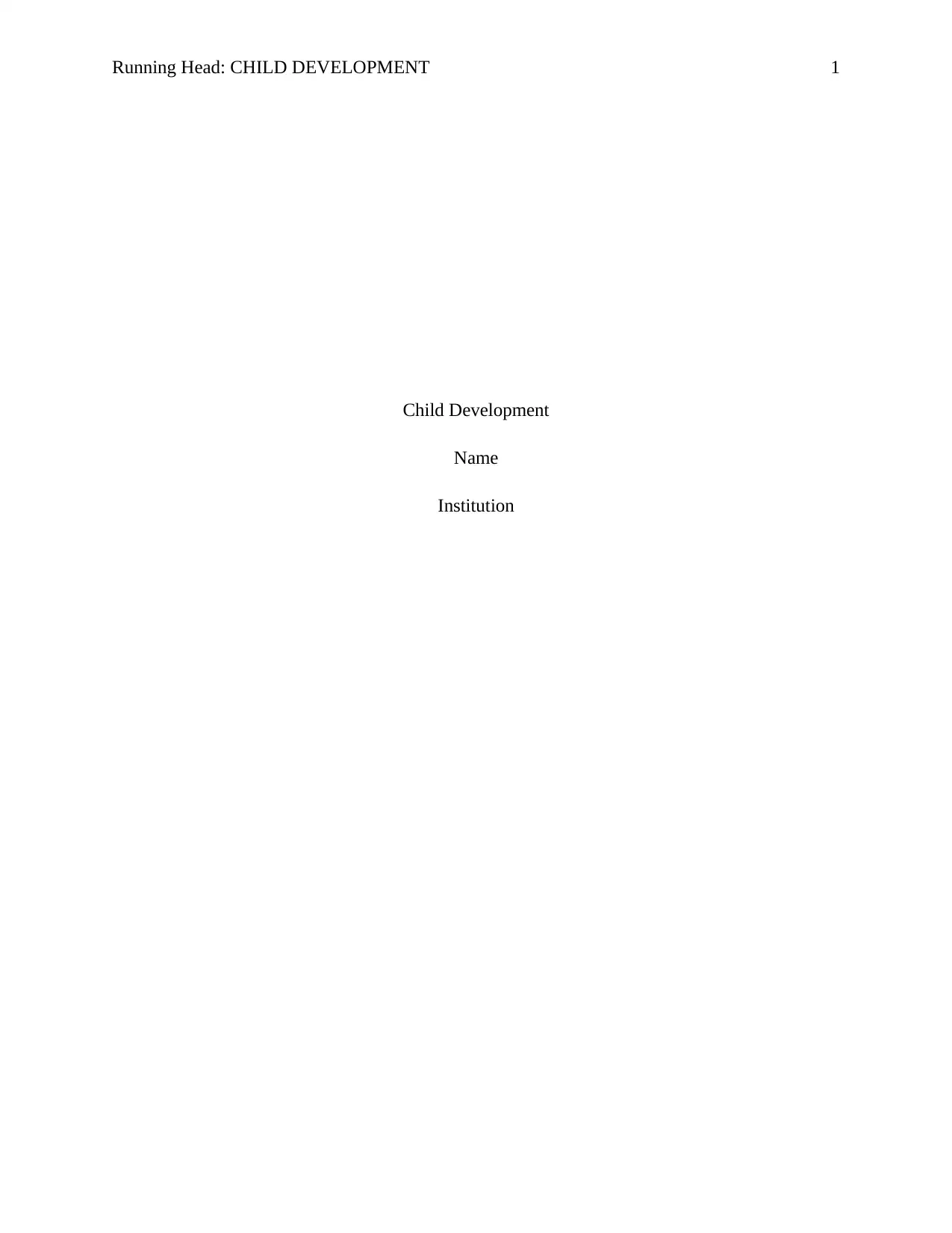
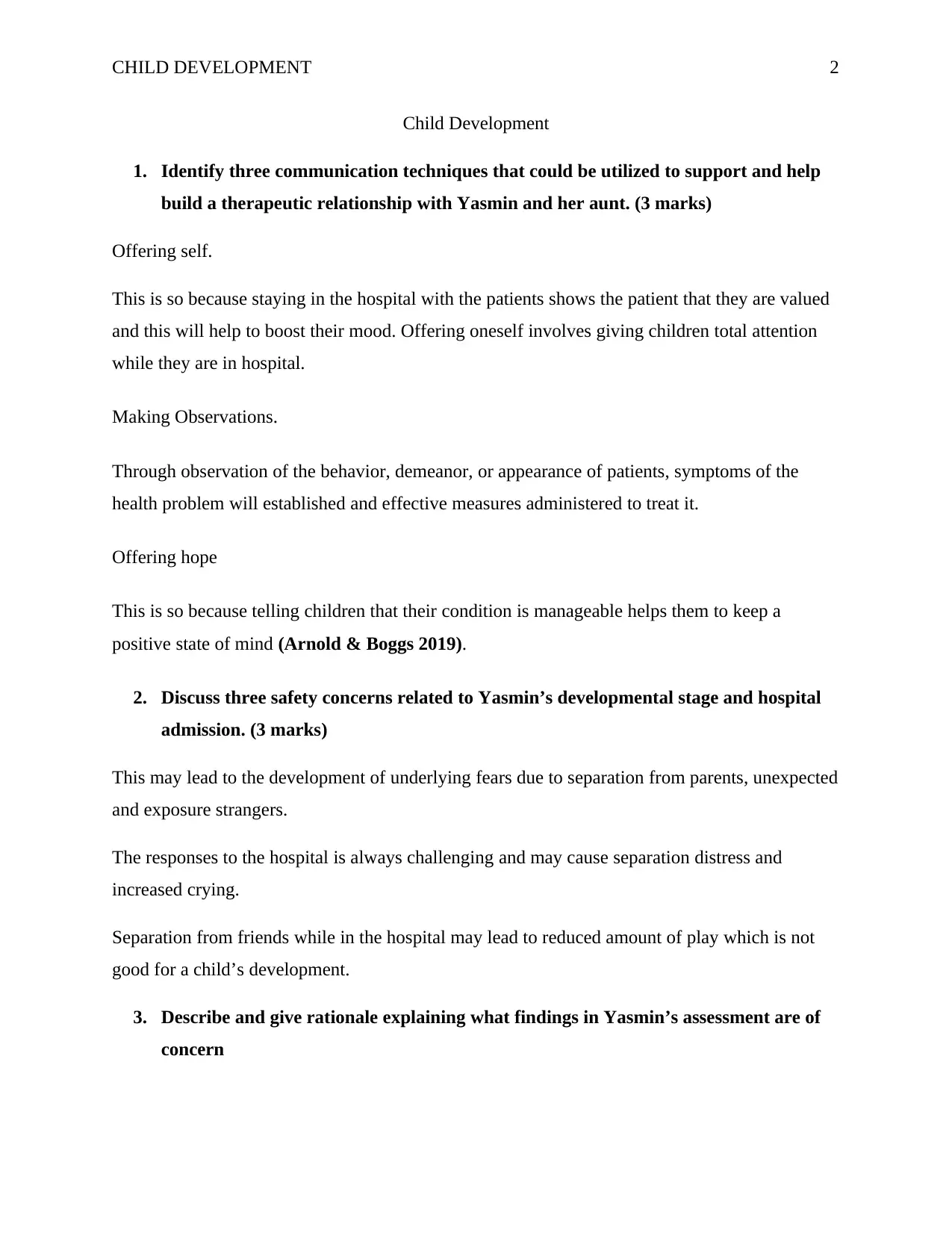
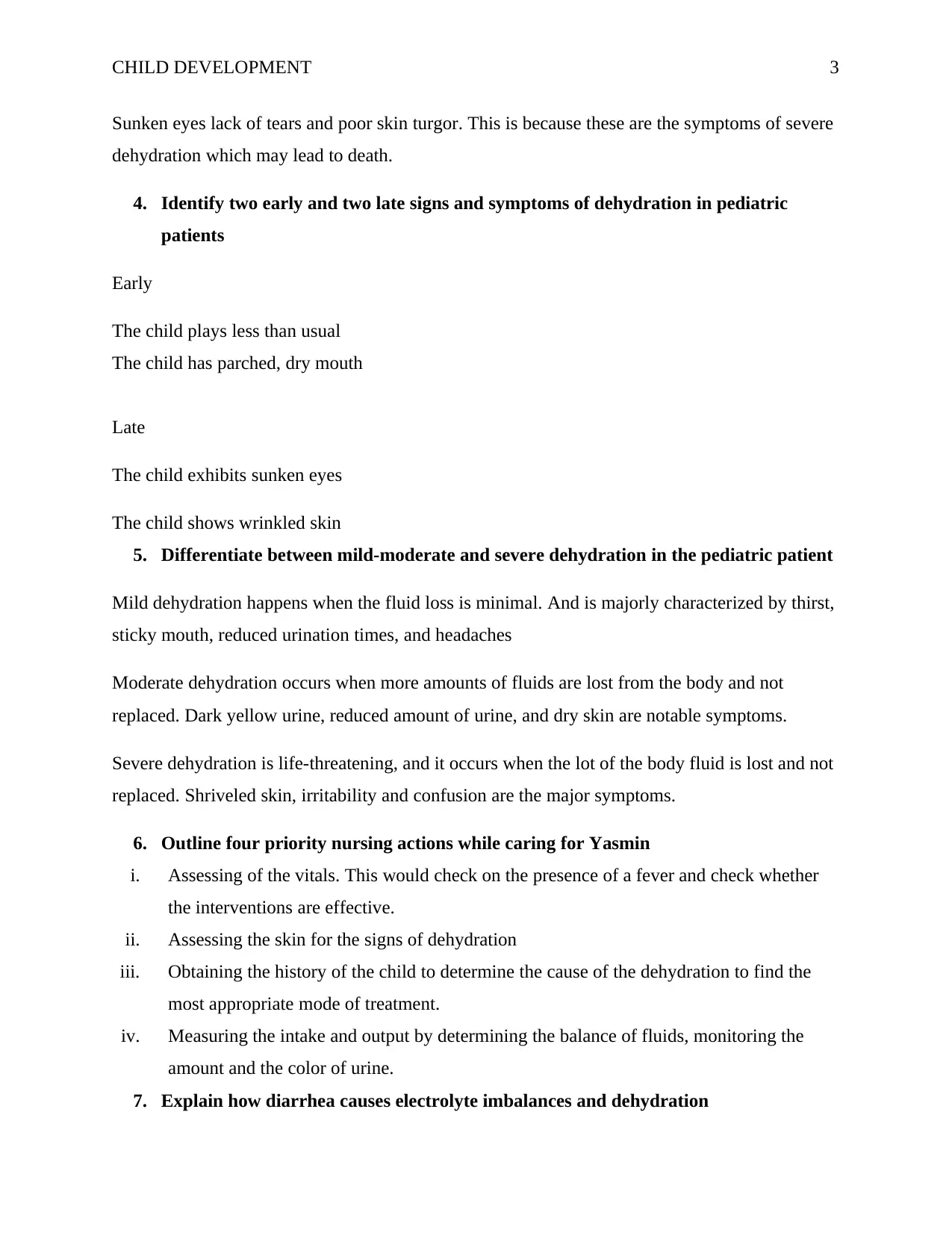

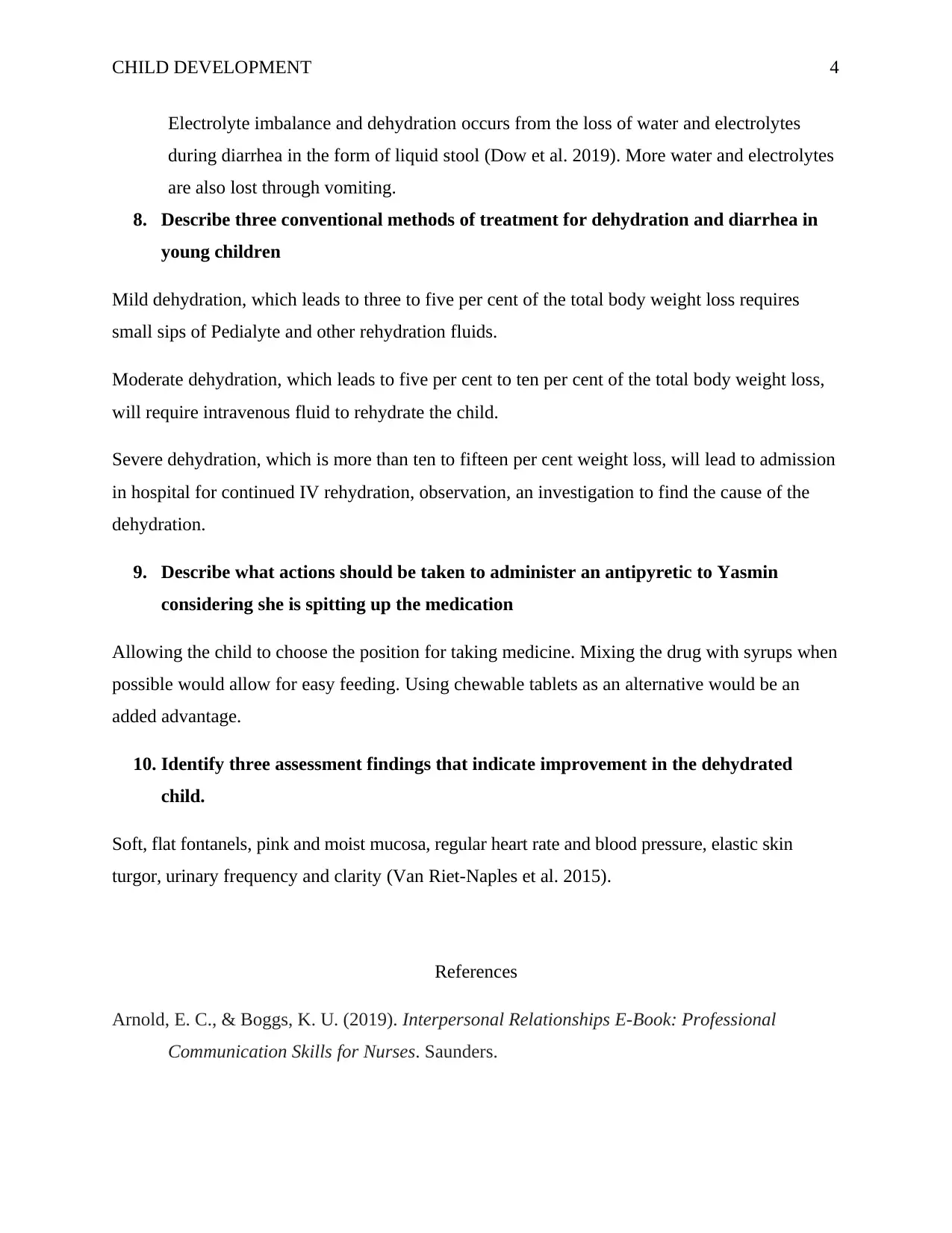
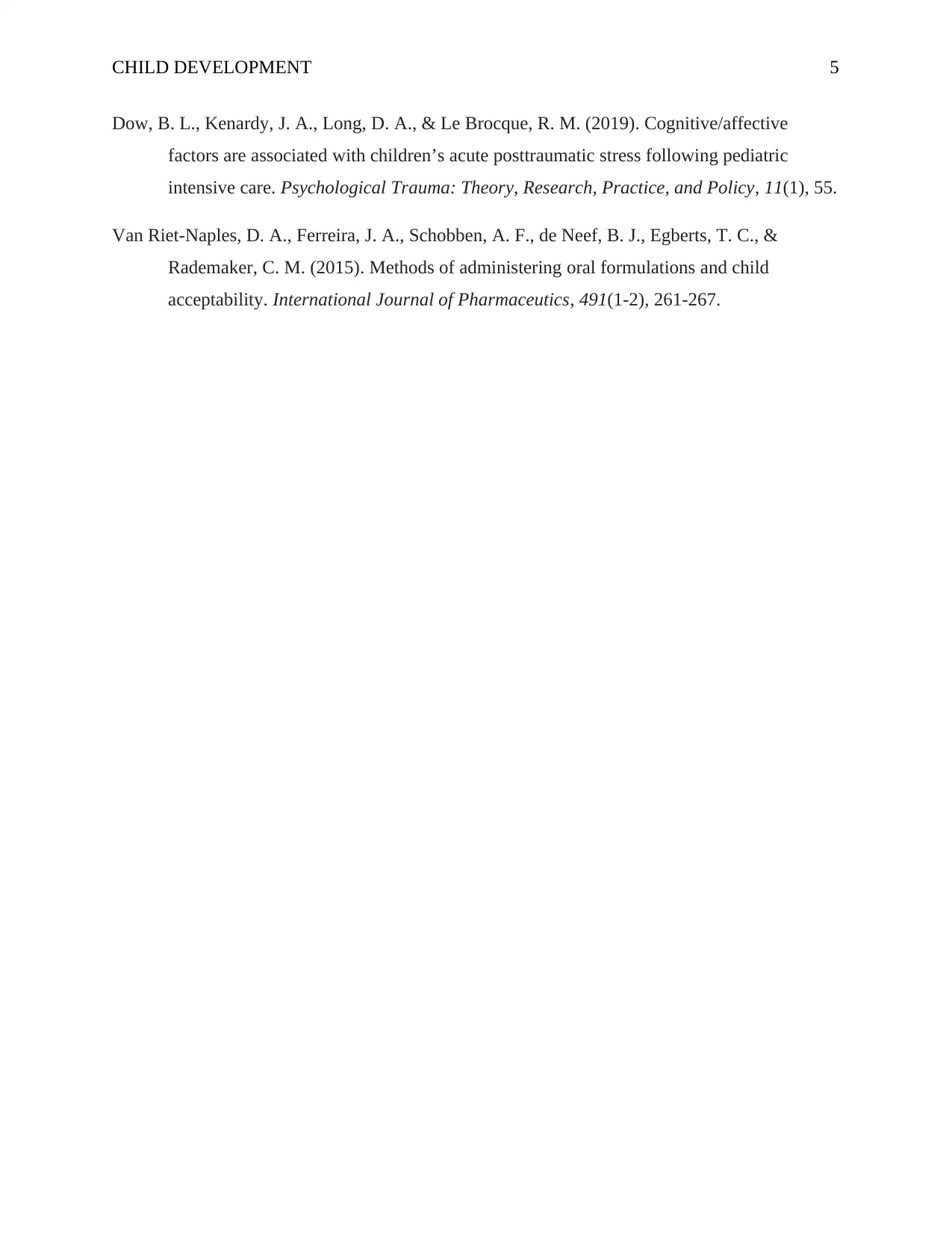





![[object Object]](/_next/static/media/star-bottom.7253800d.svg)